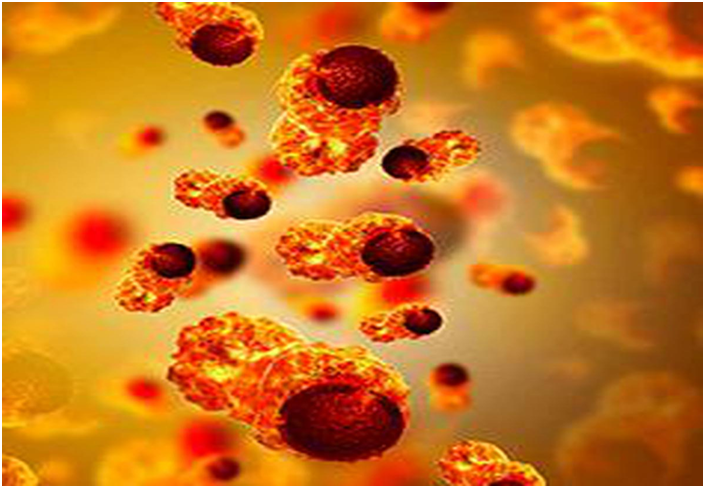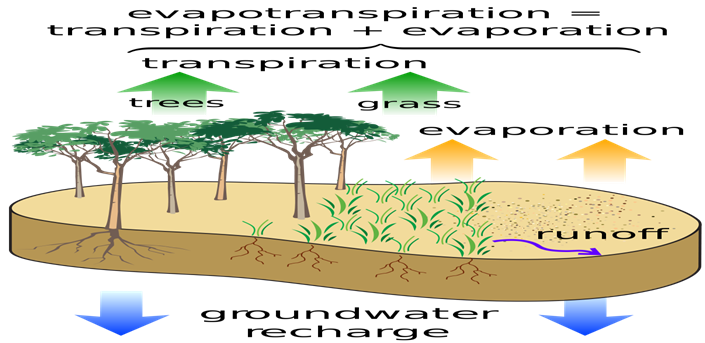After UN anti-terror meets, India to host No Money for Terror conference (GS Paper 3, Internal Security)

Why in news?
- After the meeting of INTERPOL and the UN Counter-Terrorism Committee, now India is set to host the ‘No Money for Terror’ conference.
Why it matters?
- Challenges like increasing terror incidents around the world and the use of high-level technology by terrorists have become a cause of concern all over the world today.
- This is the reason why global organizations are constantly trying to make different strategies and establish coordination among all countries in the world to deal with it.
- India has emerged as the first choice of global organisations in this endeavour. In the last several years, India is the only country where two global anti-terrorist conferences have been held in a single year, while one of them is going to be held in a few days.
Strategy to prevent terror attacks was made in two major conferences:
- To demonstrate solidarity with peace-loving nations and help build a bridge for continued cooperation in combating the financing of terrorism, India held two global events in October - the INTERPOL Annual General Meeting in Delhi and hosted a special session of UN Anti-Terrorism Committee in Mumbai and Delhi.
- In both these conferences, important strategies were prepared on terrorism and ways to deal with it.
‘No Money for Terror’ conference:
- The Ministry of Home Affairs under the Indian government is organising the third ministerial conference on 'No Money for Terror' in New Delhi.
- The Home Ministry has said that the aim of this conference is to take forward the discussions related to combating the financing of terrorism in the previous two conferences organised by the international community in Paris (2018) and Melbourne (2019).
Agenda:
- The discussions to be held at the 'No Money for Terror' conference are global trends in terrorism and financing of terrorism, use of formal and informal channels of funding for terrorism, emerging technologies and international cooperation required to address terrorism financing and related challenges will be stressed upon.
- It intends to bring together representatives of 75 countries and international bodies for extended consultations over two days.
Personalised cell ‘editing’ used to treat cancer patients: study
(GS Paper 3, Science and Tech)
Why in news?
- Scientists have, for the first time, used CRISPR technology to insert genes that allow immune cells to attack cancer cells, potentially leaving normal cells unharmed and increasing the effectiveness of immunotherapy.
- The CRISPR gene editing technique has been previously used in humans to remove specific genes to allow the immune system to be more activated against cancer.

Details:
- The research used CRISPR to not only take out specific genes, but also to insert new ones in immune cells efficiently redirecting them to recognise mutations in the patient's own cancer cells.
- When infused back to patients, these CRISPR engineered immune cells preferentially traffic to the cancer and become the most represented immune cells there.
Personalised cell therapy:
- The human immune system has specific receptors on immune cells that can specifically recognise cancer cells and differentiate them from normal cells.
- These are different for every patient, so finding an efficient way to isolate them and insert them back into immune cells to generate a personalised cell therapy to treat cancer is key to making the approach feasible on a large scale.
- The researchers found an efficient way to isolate these immune receptors from patient's own blood.
- After isolation, the immune receptors are used to redirect immune cells to recognise cancer using CRISPR gene editing.
Outcome:
- The generation of a personalised cell treatment for cancer would not have been feasible without the newly developed ability to use the CRISPR technique to replace the immune receptors in clinical-grade cell preparations in a single step.
- The researchers report treating 16 patients with a variety of solid cancers including colon, breast and lung cancers.
Way Forward:
- This is a leap forward in developing a personalised treatment for cancer, where the isolation of immune receptors that specifically recognise mutations in the patient's own cancer are used to treat the cancer.
Recharging groundwater by water-harvesting measures
(GS Paper 3, Environment)
Context:
- Groundwater is the principal water source for a fourth of the world’s population.
- India is the world’s largest groundwater user; nearly 250 cubic kilometrewas taken out in 2017. About 90% of this was used for irrigation, the rest went to towns and villages.

Valid Concerns:
- The agrarian economy of the Indo-Gangetic plains is sustained by groundwater. But there are fears that the Indo-Gangetic basin aquifer may soon be incapable of supporting so much irrigation.
- This is very noticeable in Punjab, Haryana and Rajasthan. The Green Revolution has been sustained by using tube wells. The lowering of the water table forces farmers to use high-powered submersible pumps, which has worsened the situation.
- Satellite gravimetry has provided convincing evidence in support of the alarming rates of groundwater depletion. The data are reinforced with local-level water table measurements in wells.
- The average rate of groundwater decline in this part of India has been 1.4 cm per year in this century. Depletion is not so acute in regions where groundwater is brackish.
Small-scale water harvesting measures:
- The water table defines the depth at which cracks and pores in rocks are saturated with water. Such water, stored in subterranean spaces, is called groundwater and the water-bearing rock strata are called aquifers.Aquifers are recharged with water from rainfall and rivers.
- Post-Independence, India saw an increase in the construction of canals for distributing water. These canals leak water, which also augments groundwater levels.
- An important factor contributing to the good health of aquifers in some parts of our country is community-based movements to recharge groundwater.
- A good example is seen in the semi-arid regions of Saurashtra. Here, thousands of small and large check dams have been built across seasonal rivers and streams.
- These slow the flow of water and contribute to groundwater recharge as well as to check soil erosion. In villages, bori bandhs are built, which are essentially sand-filled bags placed in the path of rainwater runoffs.
Positive impact:
- Studies comparing the water table status in Saurashtra with the climatically similar regions of Marathwada and Vidarbha show a net positive impact.
- It is heartening to note that in the last decade, these regions of Maharashtra have also started their own Managed Aquifer Recharge programmes such as the JalyuktShivar.
Decline in groundwater levels:
- Another part of the country facing a marked decline in groundwater levels is a region overlapping Tamil Nadu and Karnataka, where the aquifers are located in crystalline bedrock.
- In such rocks, water is found only in cracks and fissures as the rock itself is not porous. Under these circumstances, tanks and ponds do not contribute much to groundwater recharge.
- In rural areas of this region, recharge is mostly affected from rainfall and irrigation-related recycling. The major source of groundwater recharge in an urban area (Bengaluru) is from leaks in water distribution pipes.




